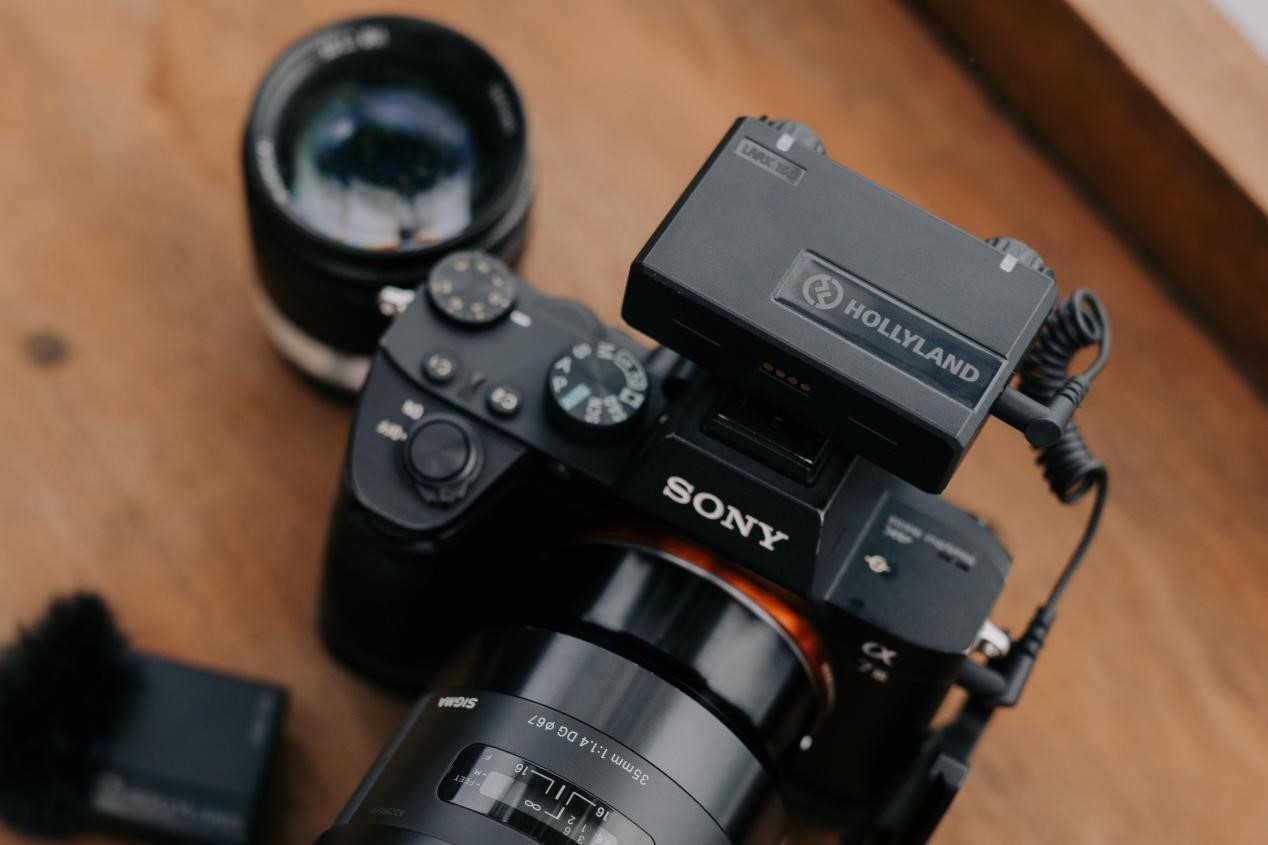Understanding Transmission Range of Wireless Microphones
Wireless microphones are a popular choice for many musicians, journalists, and video creators. They're easy to use, have a long transmission range, and are often very affordable. However, there are a few things you need to know about wireless microphones before you buy one. In this article, we'll explore the transmission range of wireless microphones and explain what factors affect them.
What is Transmission Range?
The transmission range of a wireless microphone system is the distance between the receiver and transmitter (or receiver and antenna) over which the signal can be received before it degrades to an unacceptable level.
Wireless mics transmit signals at a number of different frequencies. The most commonly used UHF frequencies are between 470MHz and 694MHz, although some systems support VHF frequencies between 30MHz and 88MHz.

The transmission range of a wireless microphone system depends on many factors including:
The frequency used by the system
The power output of your transmitters (or receivers)
The type of antenna used on your system
The type of environment in which you are operating
How is Transmission Range Measured?
There are several factors that impact the transmission distance, including the environment and frequency range of the wireless microphone system.

The first factor to consider is whether you will be using a frequency band or band segment. Band segments are a subset of a larger frequency band, which means they contain less bandwidth than the entire band. For example, if your wireless microphone system uses the 2.4GHz spectrum, then you have many options for different band segments. You could use 5MHz or 10MHz or 20MHz or even 40MHz—all of which can vary in distance depending on their bandwidth.
The second factor is the amount of noise in the environment. Noise can come from many sources, including other wireless devices and radio waves (AM/FM). This can affect how far away you can transmit audio over wireless microphones because it interferes with the signal strength and quality of what is being transmitted.
The transmission range is measured in two ways. The first is the distance from the transmitter to the receiver. The second is the distance between multiple transmitters and receivers. Both are important in wireless microphone systems, but the first is often overlooked.
If you're using a wireless microphone for a speech or presentation, you'll need to know how far away from your receiver you can stand and still have good sound quality.
To measure this distance, point your transmitter at your receiver and move away from it until there is a noticeable drop in volume. The distance from where this drop occurs is your "range" or "distance" for that frequency.
As an example, if your transmitter has an operating range of 100 feet, then that means that if you get any closer than 100 feet to your receiver, you're going to hear distortion in your sound and may not be able to hear yourself talking at all!
Wireless Microphone Frequency Ranges

For a wireless microphone to work, it must transmit and receive signals in the same frequency range. A wireless microphone typically has three different frequency ranges: low, mid, and high.
The low frequency range is the one that is used most commonly for wireless microphones. This range is between 100 kHz and 400 kHz (kilohertz). The mid-range frequencies are between 400 kHz and 1.7 MHz (megahertz), while the high-end frequencies are between 1.7 MHz and 2.4 GHz (gigahertz).
The mid-range frequencies are used for most wireless microphones because they offer more clarity than the other two ranges. For example, if you were to use a 1-megawatt transmitter with a low frequency range, it could interfere with other radio signals within its area of operation.
Advantages of Wireless Lavalier Microphones
The wireless lavalier microphone is a great choice for a podcast host or guest to use during an interview. Because it's wireless, there are no wires to get tangled up in, making it easy for the interviewee to move around and express themselves freely.
The lavalier microphone comes with a transmitter that receives the audio signal from the microphone and sends it out over an FM channel to your receiver. This means that you'll need a receiver that can pick up these frequencies, which is usually included with your purchase of the lavalier mic.
In addition to being easy to use, this type of mic offers a high level of sound quality and clarity. Because it captures sound directly from your mouth, there's no interference from ambient noise in the room or wind blowing through hair—just your voice coming through loud and clear!
Conclusion

No matter if you are a beginner or professional in audio/video productions, you want to get the best equipment that is possible to get for your money. The Lark M1 wireless lavalier microphone is just one way to do so.
With up to 8 hours of operation and 1.5 hours of charging, the battery life is excellent. This wireless lav mic has an excellent frequency range of 20 Hz to 20 KHz. The signal-to-noise ratio is very good. The sound quality is great—it scored 99% in our tests. It can also handle high sound pressure levels of up to 110 dB, which means it can record loud events/performances such as punk rock concerts and other forms of live music. It's comfortable for long-term use.


No comments yet